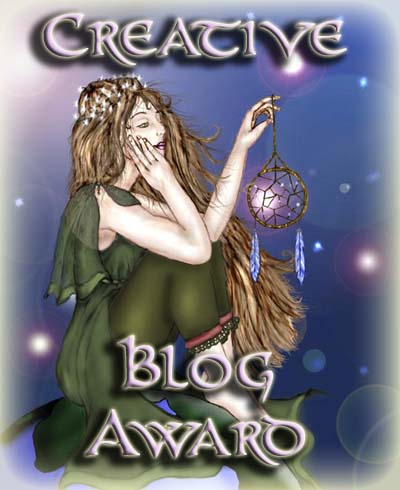Because Tara promised I’d post today, I’m giving it a try. WordPress still doesn’t recognize me, so I’m using Tara’s signon. And I’m not trying to post pictures, which feels safer and easier. Instead, I’ll share with you something I wrote for a book titled North American Romance Writers, which was publish in 1999. At the time, I was astonished to be invited. I was about the only author in the book I’d never heard of. Tonight, I’m posting the first half of my contribution, which at least shows something about the inner workings of an author’s mind and how I, a former academic, came to write romance novels.
In Praise of Love and Folly
One glorious summer, when I was in Stratford-upon-Avon for an intensive Shakespeare study course, a fellow student handed me a Georgette Heyer novel. “You’ll like this,” she said.
And oh, how right she was! Between classes, often during classes, I devoured every Heyer novel to be found. The Regency era came alive for me just when I was supposed to be immersed in the Elizabethan age and, ever since, two of the most fascinating periods in English history have been inextricably connected in my mind.
Reading romance novels for the first time gave me a whole new perspective on the women in Shakespeare’s plays, particularly the gallant heroines like Rosalind and Viola. Forces to make new lives for themselves, they defied adversity with imagination, intelligence, daring, and an unfailing sense of humor. Definitely the stuff of romance-novel heroines.
A few academic critics insist that the intrepid Rosalinds and Violas are somehow diminished when they fall in love. But how so? The early stages of love are often characterized by insecurity and foolish behavior, and this is scarcely an experience peculiar to women. Benedick in Much Ado About Nothing, a stubborn, strong-minded man if ever there was one, is deliciously silly when love sweeps him off his feet.
Shakespeare, bless him, was an equal-opportunity playwright. Men and women love wisely, jealously, blindly, or stupidly. In like measure, they succeed or meet with disaster. They are weak and strong; raucous and shy; compliant and defiant; capable and faltering; loving and murderous. By creating female characters as richly textured and varied as the males, Shakespeare empowered women in the most important way—he made them fully human.
Of course, he also wrote within the mental, social, and practical limits of the society in which he lived. We who write historical romances face similar boundaries, particularly in the choices open to our heroines. For most of history, those have been rigidly circumscribed.
Women have been treated as chattel. They have been forbidden to own property; considered too weak-brained to have a say in matters of significance; considered deserving of a perfectly legal beating should they step out of line. Women were not worth educating. They lacked souls!
Even now, women are the victims of cultural traditions most of us find impossible to comprehend. They are beaten for going unveiled in public; their sexual parts are mutilated; they are denied education or the right to hold a job. What we imagine has been left behind, in more barbaric or unenlightened ages, continues all around us.
No wonder that women seek validation of their worth and escape from their frustrations by reading romance novels. Foreign markets are drawing hundreds of thousands of new readers to our books, because they offer hope. Our heroines, wherever and whenever they live, dream wonderful dreams. Not a one of them ever settles for the life she had before Page One.
Working within the parameters of early nineteenth-century English society, which I have done so far, brings special challenges and rewards. There is a perception among some that the Regency was an era of strict rules for proper females, and so it was—in theory. But those rules were never so strictly enforced, or punished in the breaking of them, until the Victorian period.
The Regency was very like the Elizabethan age—a time of eccentrics, licentiousness, experimentation, social upheaval, and great fun. There were strict rules on the surface, of course, so that everyone felt secure playing the same game. But all hell was breaking loose under the polite covers, which I expect has been true throughout history.
Peoples is peoples. They do the same things they have done since they walked erect and felt the fullness of human passions. While historical romance writers must take into account the times, places, and imperatives under which their characters live, the essential humanity of men and women is constant. So are most of the ways they relate to one another.
We go seriously wrong when we allow generalized concepts about a given society or time period to victimize our characters. Strong individuals have always triumphed over their circumstances or learned to manipulate those circumstances to advantage. Even characters who choose to conform do so willingly, either because it is right for them or because they sacrifice their own preferences for a greater good.
We celebrate individuality, male and female. Romance novels tell the stories of strong people or of people who learn to be strong. The others do not concern us. Well, yes, we do give our sisters more latitude than many of our sisters ever had. We let them meet men who value their strengths and ambitions. But otherwise, we cut them no slack.
To be continued….




